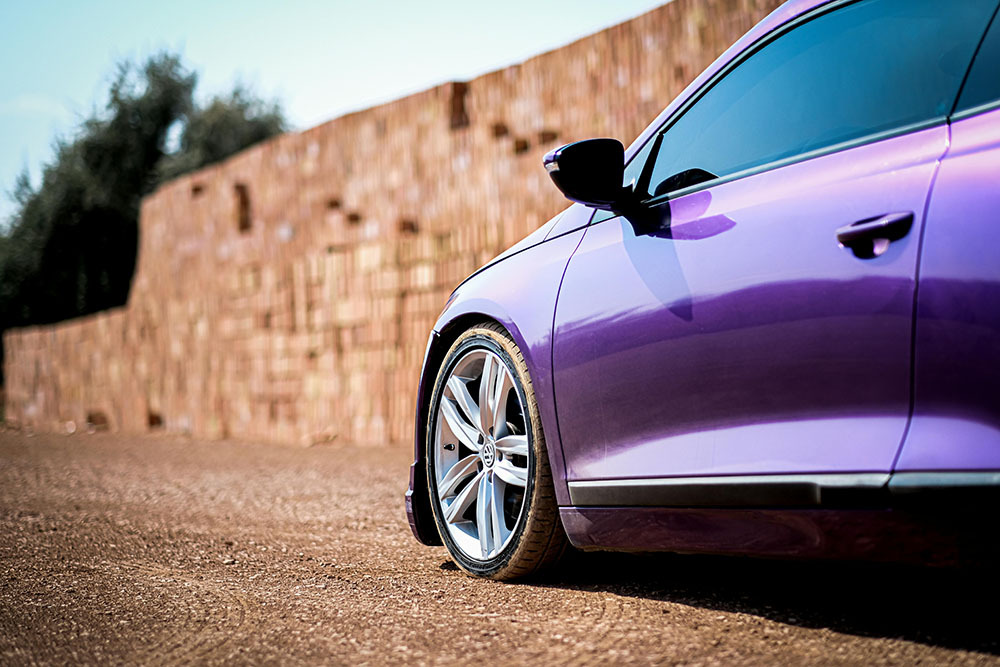
The Financial Barrier of Owning a Car: Can Leasing Help New Drivers Get on the Road?
Affordable driving dreams.
Getting behind the wheel and experiencing the freedom of the open road is a rite of passage for many young adults. However, for younger drivers, the dream of car ownership can quickly turn into a financial nightmare. The costs associated with buying a first car, including the initial purchase price, insurance premiums, maintenance, and fuel expenses, can be overwhelming. This financial burden often leaves many young drivers unable to afford the luxury of owning a vehicle. But fear not, there's a solution that can make the dream of driving a reality: leasing brand new cars.
The High Costs of Car Ownership
Owning a car, especially for a young driver, comes with a hefty price tag. The first and most significant expense is the initial purchase price of the vehicle itself. New cars can be prohibitively expensive, and even used cars can be a significant financial burden. Moreover, the cost of insurance for young drivers can be exorbitant due to their lack of driving experience and higher perceived risk. The combination of car payments and insurance premiums alone can strain the budgets of many young individuals.
In addition to the purchase price and insurance, there are ongoing costs associated with car ownership. Maintenance and repairs are inevitable, and these expenses can add up quickly. Regular oil changes, tire rotations, brake replacements, and unexpected breakdowns can wreak havoc on a tight budget. Add to this the ever-increasing cost of fuel, and it's easy to see how owning a car can become financially unsustainable for younger drivers.

The Appeal of Leasing
Leasing brand new cars is an attractive alternative for young drivers who find themselves priced out of the traditional car ownership model. Leasing offers several advantages that can make it a more accessible option.
Lower Monthly Payments
One of the primary benefits of leasing is lower monthly payments compared to purchasing a new car. When you lease a vehicle, you are essentially paying for the depreciation of the car's value over the lease term rather than its full purchase price. This means that your monthly payments are typically lower, making it easier to fit into a budget.
Reduced Insurance Costs
Insurance premiums for leased vehicles are often lower than those for owned vehicles. Since leasing companies typically require drivers to maintain comprehensive and collision insurance, they may negotiate lower rates due to the volume of business they bring to insurance providers. This can significantly alleviate the financial burden on younger drivers.
Minimal Maintenance Costs
Leasing often includes warranties that cover maintenance and repairs during the lease term. This means that routine maintenance, such as oil changes and tire rotations, is typically covered at no extra cost to the lessee. It provides peace of mind for young drivers who might be worried about unexpected repair expenses.

Access to Newer Models
Leasing allows drivers to enjoy the experience of driving the latest models with advanced technology, safety features, and fuel efficiency. For younger drivers who may not have the financial means to purchase a brand-new car, leasing provides an opportunity to experience the benefits of modern automotive innovation.
Lower Down Payment
Leasing typically requires a lower upfront down payment compared to purchasing a new car. This can be a significant advantage for young drivers who may not have a substantial amount of savings to put towards a vehicle.
Avoiding Long-Term Commitment
Leasing usually involves shorter-term commitments, typically two to three years. This can be appealing to young drivers who want flexibility and don't want to commit to owning a vehicle for a longer period. It also allows them to explore different vehicle options more frequently.
Is Leasing Right for You?
While leasing brand new cars has numerous benefits, it's essential to consider your individual circumstances before making a decision. Leasing typically comes with mileage limitations, and exceeding these limits can result in additional charges. It's crucial to evaluate your driving habits and determine whether the mileage restrictions align with your needs.
Additionally, lease agreements often include terms and conditions that specify how the vehicle should be maintained and returned at the end of the lease term. Failing to adhere to these terms could result in penalties.
Lastly, consider your long-term goals. If you plan to keep a vehicle for many years, leasing may not be the most cost-effective option in the long run. Owning a car outright can lead to eventual savings once the initial purchase price is paid off.
Conclusion
For many young drivers, the dream of car ownership can seem out of reach due to the financial burdens associated with it. However, leasing brand new cars offers a viable and accessible alternative. Lower monthly payments, reduced insurance costs, minimal maintenance expenses, and the opportunity to drive the latest models make leasing an attractive option. While it may not be the right choice for everyone, it can help younger drivers get on the road and experience the freedom of driving without breaking the bank. So, if you've been longing for the open road but have been held back by the high costs of ownership, consider leasing as a path to fulfilling your driving dreams.











